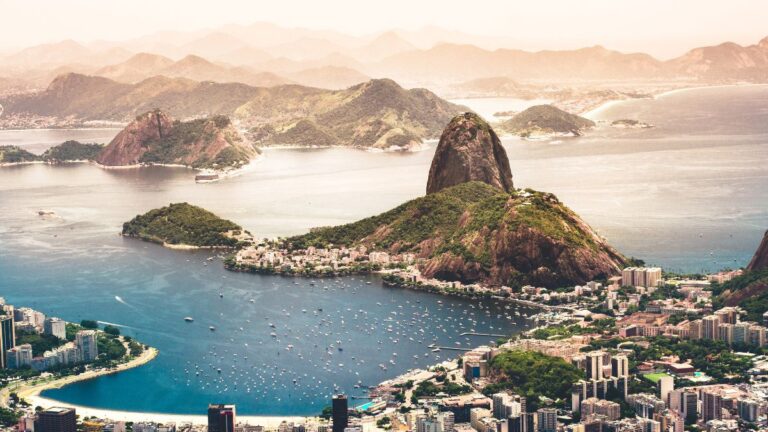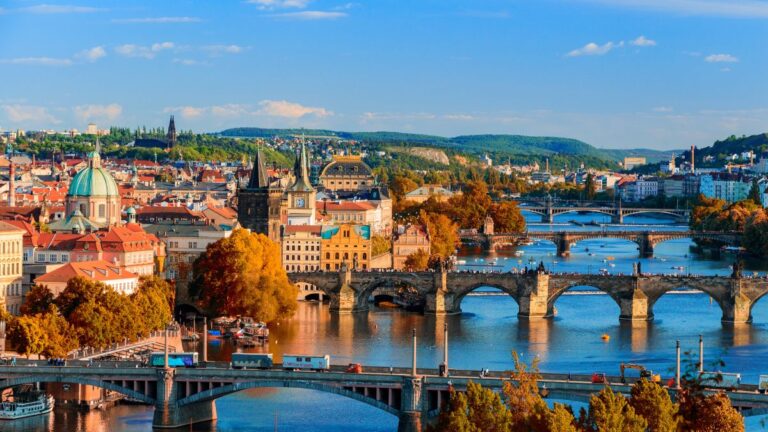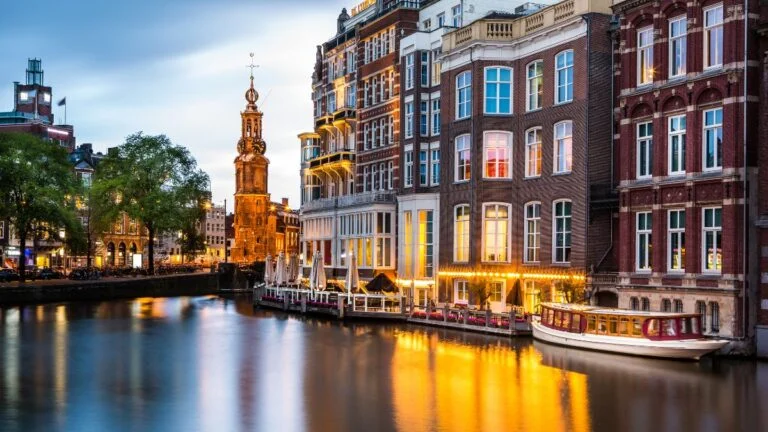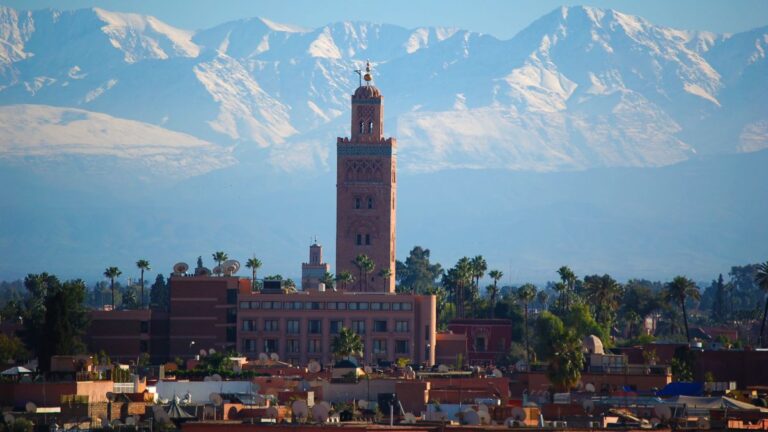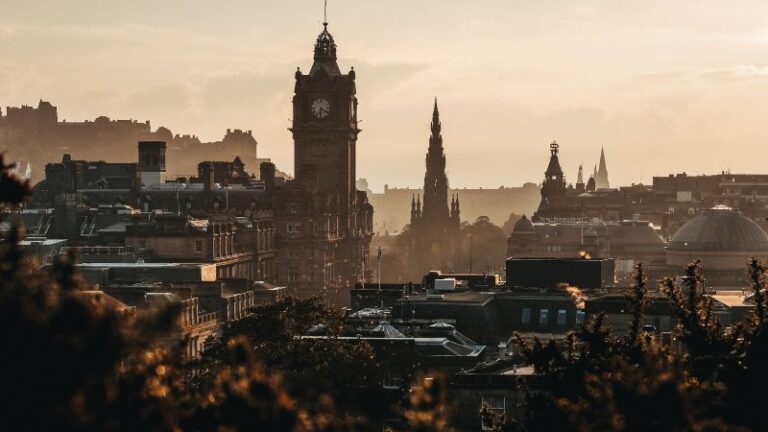10 Best Things to Do in Beijing for Cultural Explorers
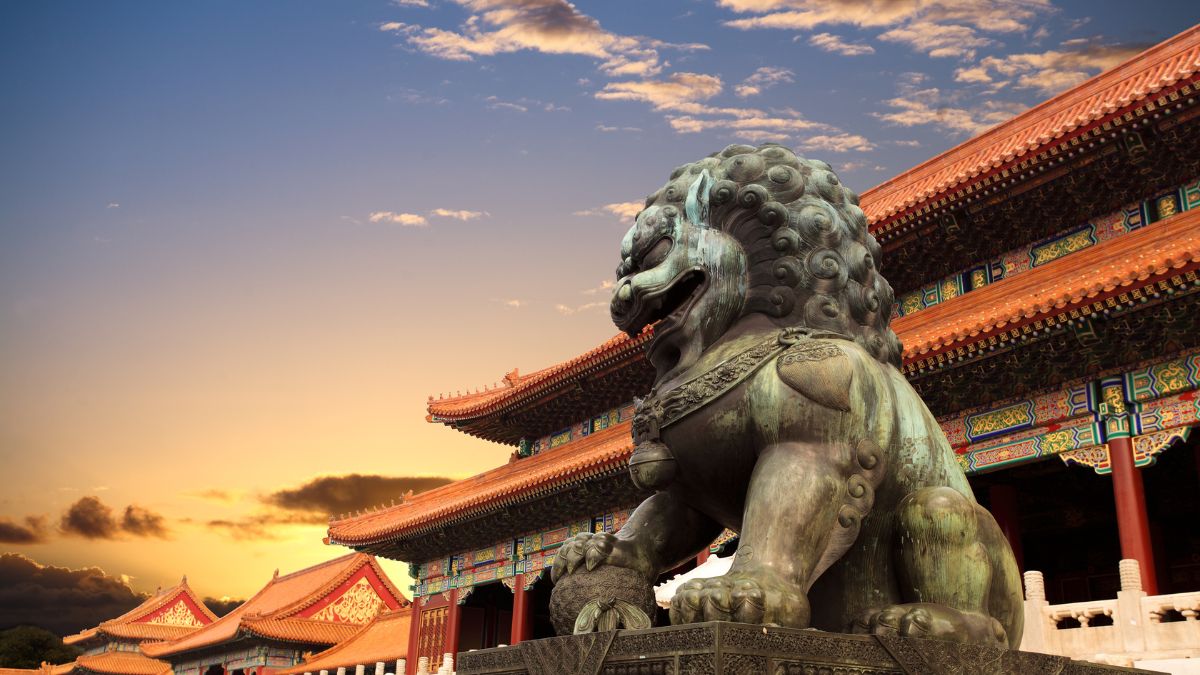
As participants in Amazon Associates and other programs, we earn from qualifying purchases. This comes at no additional cost to you. For more details, see our Affiliate Disclosure.
Beijing, the heart of China’s rich heritage and dynamic modernity, is a treasure trove for cultural explorers. As an ancient city that has served as the nation’s capital for centuries, Beijing is a fascinating blend of historic grandeur and contemporary culture. From the majestic Great Wall to the serene Temple of Heaven, each landmark tells a story of emperors, dynasties, and traditions. The city’s bustling hutongs, exquisite cuisine, and vibrant arts scene add layers of depth to the cultural tapestry. Whether you’re wandering through imperial palaces or discovering contemporary art, Beijing offers an immersive journey through China’s past and present. Let’s uncover the top 10 cultural experiences in Beijing, each offering a unique glimpse into the soul of this historic city.
Walk the Great Wall of China
The Great Wall of China, one of the world’s most iconic landmarks, is a must-visit for anyone exploring Beijing. This awe-inspiring structure, stretching across mountains and valleys, offers a tangible link to China’s ancient history. Walking along the Great Wall, particularly at less crowded sections like Mutianyu or Jinshanling, provides breathtaking views and a sense of the wall’s grand scale.
Visiting the Great Wall is not just a hike; it’s a journey through centuries of history. It’s an opportunity to reflect on the ingenuity and endurance of the human spirit, making it an unforgettable experience for every cultural explorer.
Explore the Forbidden City
The Forbidden City, the largest and best-preserved imperial palace complex in the world, stands as a monument to China’s rich history. Once the home of emperors and their households, it’s now an expansive museum showcasing imperial life and Chinese art. Its intricate architecture, beautiful courtyards, and vast collection of artifacts offer a deep dive into China’s cultural heritage.
A visit to the Forbidden City is a walk through time. Each hall and courtyard has its own story, revealing insights into the lives of those who once lived within its walls. It’s an essential experience for understanding China’s imperial past.
Stroll Through the Summer Palace
The Summer Palace, a UNESCO World Heritage site, is a masterpiece of Chinese landscape garden design. The vast ensemble of lakes, gardens, and palaces served as a summer retreat for emperors. It’s a place where one can appreciate the harmony of nature and architecture that is central to traditional Chinese aesthetics.
Walking through the Summer Palace, with its serene Kunming Lake and the Long Corridor’s painted scenes, is a tranquil experience. It’s an ideal spot to escape the city’s hustle and see the elegance and refinement of imperial leisure.
Discover the Temple of Heaven
The Temple of Heaven, a complex of religious buildings, was where emperors performed ceremonies to ensure a good harvest. Its unique architecture and layout symbolize the relationship between Earth and heaven. The park surrounding the temple is as much a draw as the temple itself, filled with locals practicing tai chi, dancing, and playing traditional instruments.
Visiting the Temple of Heaven offers insight into ancient Chinese cosmology and the rituals of the Ming and Qing dynasties. It’s a peaceful yet profound place that connects nature, architecture, and spirituality.
Experience the Hutong Life
Exploring Beijing’s hutongs, traditional narrow lanes, is like stepping into the heart of old Beijing. These neighborhoods, characterized by their courtyard residences, offer a glimpse into the city’s traditional way of life. A rickshaw ride or a guided walking tour through hutongs like Shichahai or Nanluoguxiang provides an intimate look at local life.
Visiting a hutong is not just about seeing old buildings; it’s about experiencing the community and culture that thrives within them. Many hutongs also house quaint cafes, art galleries, and shops, adding a modern twist to the traditional setting.
Visit the National Museum of China
The National Museum of China, one of the largest museums in the world, offers an extensive journey through Chinese history and art. From ancient artifacts to contemporary pieces, its exhibitions cover a vast range of subjects and time periods. The museum provides context and depth to China’s cultural evolution.
A visit to the National Museum is both educational and inspiring. It’s an opportunity to understand the historical events and artistic movements that have shaped modern China, making it a must-visit for cultural explorers.
Watch a Peking Opera Performance
Experiencing a Peking Opera performance is a foray into a unique art form that combines music, vocal performance, mime, dance, and acrobatics. The colorful costumes, elaborate makeup, and expressive performances are mesmerizing. Venues like the Liyuan Theatre or the Huguang Guild Hall offer authentic Peking Opera shows.
Attending a Peking Opera is more than just a night at the theater; it’s an immersion into a traditional art that has been a significant part of Chinese culture for over 200 years. It’s a performance style that is distinctly Chinese and deeply entwined with the country’s cultural heritage.
Sample Beijing Cuisine
Sampling Beijing cuisine is an essential part of any cultural journey through the city. Dishes like Peking duck, jiaozi (dumplings), and zhajiangmian (noodles with bean paste) offer flavors that are integral to Beijing’s identity. Exploring the city’s food scene, from street food markets to upscale restaurants, provides a taste of its rich culinary tradition.
Beijing’s cuisine is a reflection of its history and geography. Eating here is not just about enjoying delicious food; it’s about experiencing the diversity and richness of Chinese culinary arts.
Visit the 798 Art Zone
The 798 Art Zone, set in a complex of 50-year-old decommissioned military factory buildings, is a thriving contemporary art hub. This area blends industrial architecture with an avant-garde art scene, hosting galleries, studios, and design shops. It’s a focal point for contemporary art in Beijing.
Exploring the 798 Art Zone reveals the dynamic and creative side of modern Beijing. The area’s ever-changing exhibitions, street art, and cultural events make it a lively destination for those interested in the contemporary arts scene.
Take a Day Trip to the Ming Tombs
The Ming Tombs, located just outside Beijing, are a series of mausoleums built by the emperors of the Ming dynasty. This UNESCO World Heritage site offers a quiet and historical excursion away from the city’s bustle. The site’s beauty and significance lie in its tranquil setting and architectural grandeur.
Visiting the Ming Tombs involves exploring the Sacred Way, a path lined with statues, leading to the tombs themselves. It’s a journey that not only offers a glimpse into imperial history but also showcases the artistry and symbolism of Ming dynasty architecture and sculpture.

